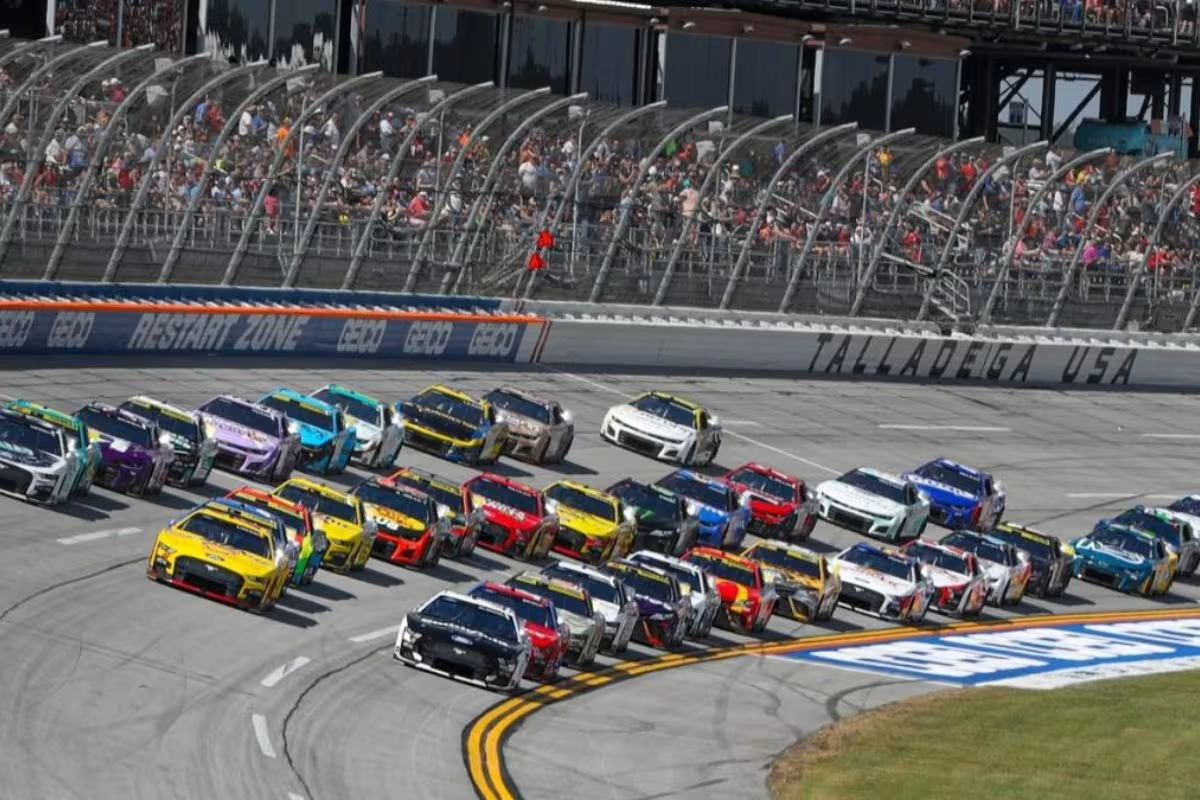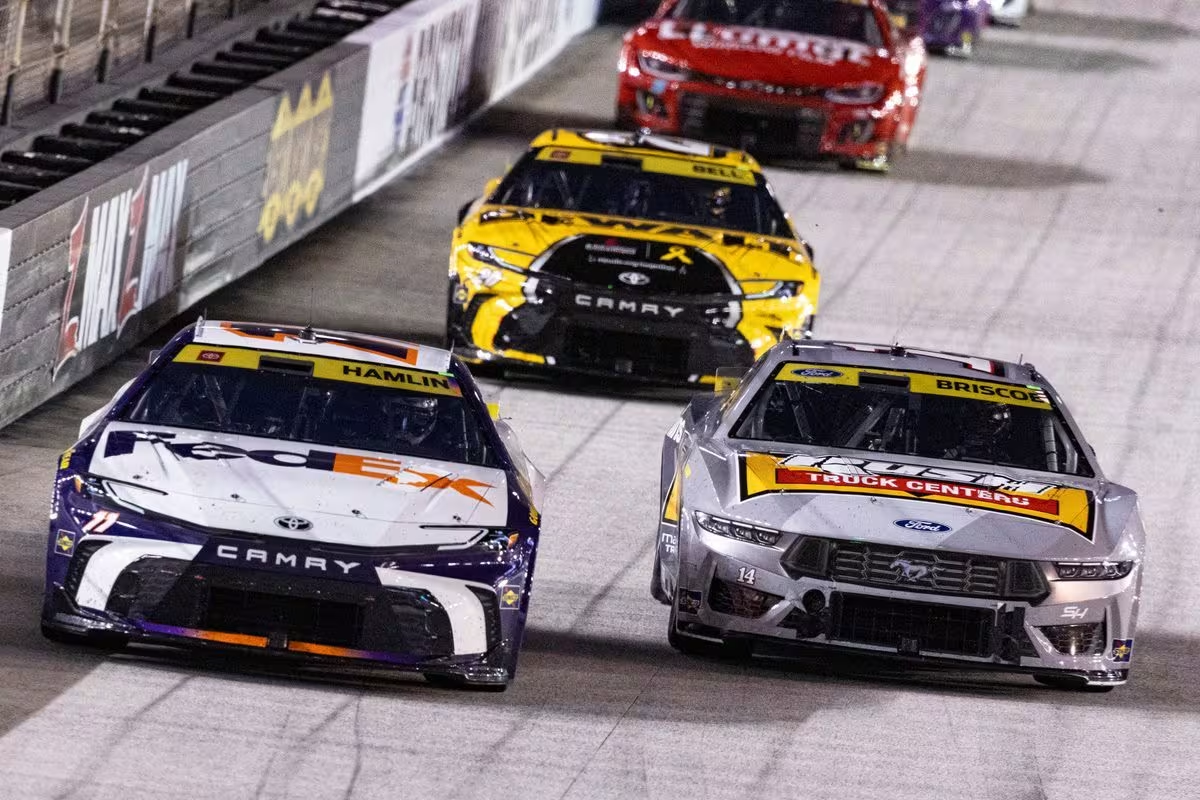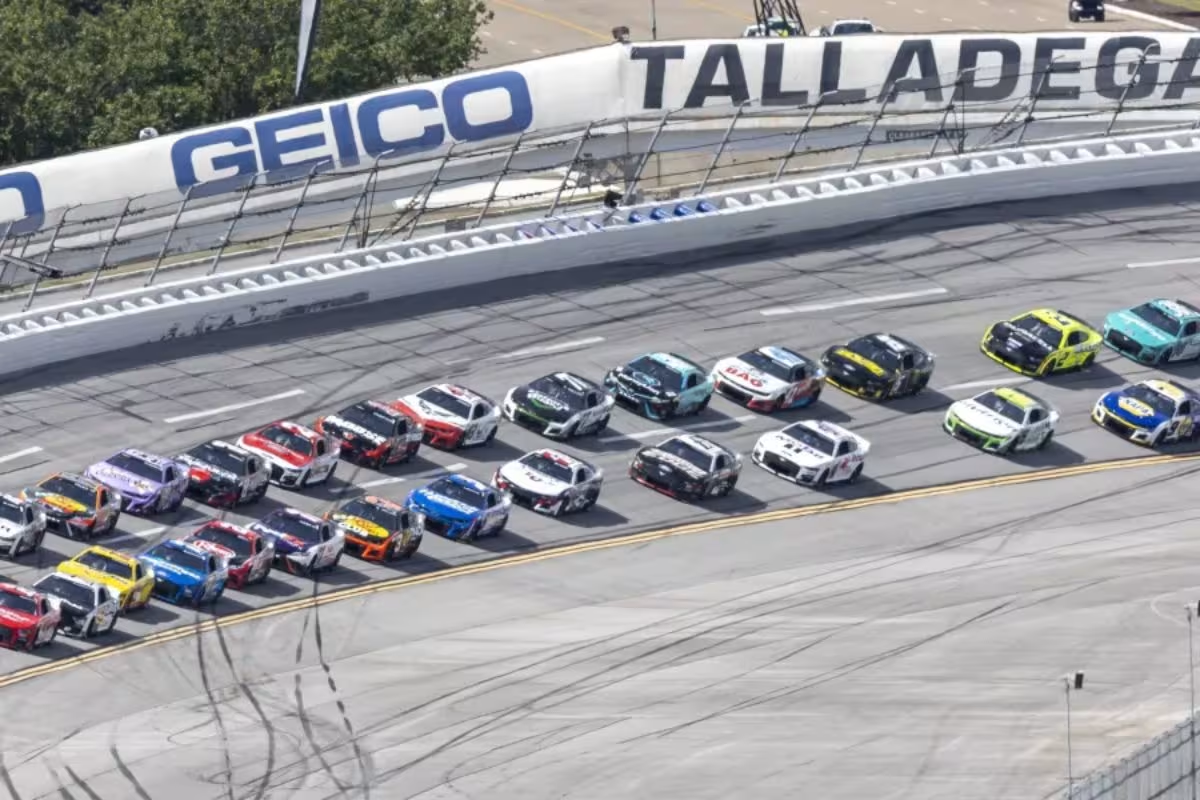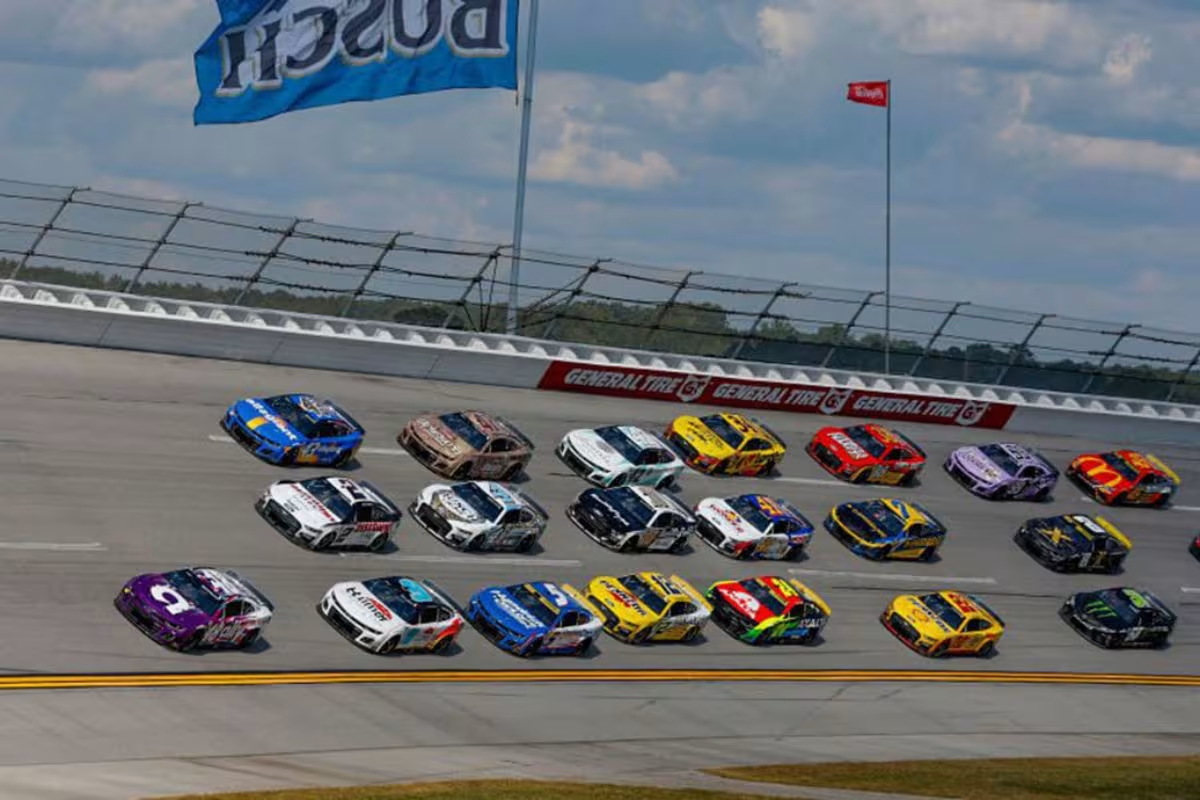NASCAR’s 1969 Talladega Race: The 1969 Talladega 500 race became a landmark event in NASCAR as legendary drivers, including Richard Petty and David Pearson, abandoned the track in protest over critical safety concerns. The new superspeedway featured an unfinished and problematic surface, leading to heightened anxiety among competitors regarding tire performance and accident risks. The Professional Driver Association, led by Petty, attempted to advocate for driver rights and safer conditions, but their proposals were dismissed by NASCAR officials.
Key Highlights
- The 1969 Talladega Race faced driver protests over safety concerns, including tire issues and track conditions leading to potential accidents.
- Key drivers, such as Richard Petty and David Pearson, abandoned the race in solidarity against NASCAR’s decisions and lack of safety assurances.
- The Professional Driver Association, led by Petty, advocated for driver rights and proposed postponing the race due to safety issues.
- Bill France’s rejection of driver concerns heightened distrust and culminated in a physical altercation, symbolizing the growing divide between drivers and NASCAR.
- The protests highlighted the need for safer racing conditions and initiated a broader dialogue about driver welfare in NASCAR’s governance.
Overview of the Lawsuit Against NASCAR
In recent developments, a notable antitrust lawsuit has been filed against NASCAR by 23XI Racing and Front Row Motorsports (FRM). This lawsuit reflects a considerable challenge to the entrenched power dynamics within NASCAR, particularly the enduring influence of the France family.
The plaintiffs argue that NASCAR’s operational practices and governance structures inhibit fair competition, stifling innovation and economic viability for teams outside the established hierarchy. By invoking antitrust laws, 23XI Racing and FRM aim to dismantle what they perceive as monopolistic practices that favor a select group of competitors, thereby raising questions about the fundamental fairness of the sport.
The lawsuit serves as a reminder of the persistent tension between NASCAR’s management and its competitors, highlighting a broader discourse regarding equity and opportunity within the sport.
The outcome may well redefine the parameters of competition and influence the operational ethos of NASCAR.
Talladega Superspeedway
Nestled in the heart of Alabama, Talladega Superspeedway emerged as a groundbreaking venue in the NASCAR landscape upon its opening in 1969. Originally known as the Alabama International Motor Speedway, this 2.66-mile superspeedway represented a notable evolution in race track design, created by the vision of Bill France Sr. at a cost of $5 million.
| Feature | Detail | Importance |
|---|---|---|
| Length | 2.66 miles | Longest oval in NASCAR |
| Construction Cost | $5 million | Major investment in racing infrastructure |
| Opening Year | 1969 | Marked a new era in NASCAR |
| Original Name | Alabama International Motor Speedway | Historical context |
| Completion Status | Unfinished suites on opening weekend | Highlighted the urgency of its launch |
Through its remarkable features and historical importance, Talladega Superspeedway not only set the stage for exhilarating races but also laid the groundwork for future developments in NASCAR, establishing itself as a revered venue in the sport’s storied history.
Concerns Leading to the Driver Boycott
In the days leading up to Talladega’s inaugural race, drivers were breaking unofficial closed-circuit records on the massive superspeedway.
However, a series of tire failures sparked serious concerns. Drivers also reported issues with track bumps and possible holes.
Firestone and Goodyear, who were locked in a tire war at the time, attempted to introduce harder tire compounds to address the problem, but the issues persisted.
Firestone eventually decided to withdraw from the race altogether, leaving Goodyear as the sole tire supplier, determined to see the event through despite the risks.
The Professional Driver Association’s (PDA) Stand Against NASCAR
In 1969, the Professional Drivers Association (PDA), led by Richard Petty, made a bold move to request the postponement of Talladega’s inaugural race due to safety concerns over the tires. Bill France Sr., NASCAR’s founder, rejected their request, having long been opposed to anything resembling a union.
He had already quashed a union attempt in 1961, banning star drivers Curtis Turner and Tim Flock, though both were eventually reinstated after a lawsuit.
During a heated meeting, tensions boiled over when France accused Bobby Allison of being too afraid to race. LeeRoy Yarbrough, enraged by the comment, reportedly punched France, knocking him down.
That confrontation marked the end of negotiations, leading to the immediate withdrawal of 36 PDA members, including legends like Richard Petty, David Pearson, and Cale Yarborough.
| Key Events | Significance |
|---|---|
| PDA Proposal to Postpone Race | Exhibited collective driver solidarity |
| France’s Rejection | Heightened tensions and distrust |
| Physical Altercation | Marked a breaking point in negotiations |
The Aftermath and Legacy of the 1969 Talladega Race
Following the tumultuous events surrounding the PDA’s stand against NASCAR, the inaugural Talladega race unfolded under unprecedented circumstances.
Richard Brickhouse’s decision to compete, alongside the groundbreaking introduction of the Dodge Charger Daytona, transformed the narrative of the event, leading to a notable aftermath.
The legacy of the 1969 Talladega race can be encapsulated in the following points:
- Brickhouse’s Victory: Richard Brickhouse’s win, while notable, remains overshadowed by the circumstances surrounding it, marking his sole Cup Series victory.
- Shift in Driver Dynamics: The disbandment of the PDA shortly after the race demonstrated the collapse of organized driver resistance, consolidating NASCAR’s control.
- Field Composition Changes: The inclusion of lower-tier drivers in the Talladega event foreshadowed a shift in how NASCAR would approach field composition and competition, blending different levels of talent.
- Enduring Control of the France Family: Bill France’s ability to maintain authority over NASCAR post-Talladega highlights the complexities of power dynamics within the sport, which continue to resonate today, as seen with contemporary challenges from teams like 23XI Racing.
News in Brief: NASCAR’s 1969 Talladega Race
The events surrounding the 1969 Talladega race exemplify a pivotal moment in NASCAR history, highlighting the tension between driver safety and organizational protocols. The boycott by legendary drivers in response to perceived inadequacies in safety measures emphasized the urgent need for reform within the sport.
This protest not only catalyzed discussions on driver welfare but also influenced subsequent regulatory changes, ultimately shaping the evolution of NASCAR’s safety standards and the relationship between drivers and management in the years to follow.
ALSO READ: Steve Letarte Dismantles Talladega ‘Luck’ Myth: A Call to Recognize True Talent




